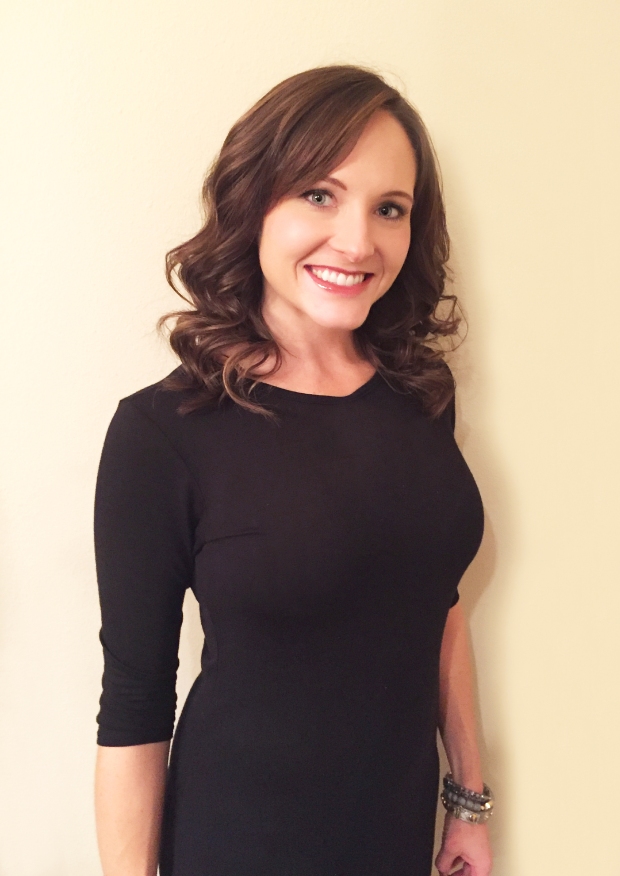- ACL reconstruction surgery uses a graft to replace the ligament. The most common grafts are autografts using part of your own body, such as the tendon of the kneecap (patellar tendon) or one of the hamstring tendons. Another choice is allograft tissue, which is taken from a deceased donor.
- Repair surgery typically is used only in the case of an avulsion fracture (a separation of the ligament and a piece of the bone from the rest of the bone). In this case, the bone fragment connected to the ACL is reattached to the bone.
ACL surgery is usually done by making small incisions in the knee and inserting instruments for surgery through these incisions (arthroscopic surgery). In some cases, it is done by cutting a large incision in the knee (open surgery).
Many orthopedic surgeons use arthroscopic surgery rather than open surgery for ACL injuries because:
- It is easy to see and work on the knee structures.
- It uses smaller incisions than open surgery.
- It can be done at the same time as diagnostic arthroscopy (using arthroscopy to find out about the injury or damage to the knee).
- It may have fewer risks than open surgery.
Arthroscopic surgery is done under regional (such as spinal) anesthesia or generalanesthesia.
What happens
During arthroscopic ACL reconstruction, the surgeon makes several small incisions—usually two or three—around the knee. Sterile saline (salt) solution is pumped into the knee through one incision to expand it and to wash blood from the area. This allows the doctor to see the knee structures more clearly.
The surgeon inserts an arthroscope into one of the other incisions. A camera at the end of the arthroscope transmits pictures from inside the knee to a TV monitor in the operating room.
Surgical drills are inserted through other small incisions. The surgeon drills small holes into the upper and lower leg bones where these bones come close together at the knee joint. The holes form tunnels through which the graft will be anchored.
The surgeon will also make another incision in the knee and take the graft (replacement tissue).
- A graft taken from the tendon at the front of the knee below the kneecap (patellar tendon) will include two small pieces of bone called “bone blocks” on the ends of the tissue. One piece of bone is taken from the kneecap and the other piece is taken from a part of the lower leg bone near the knee joint. This type of graft allows better healing because the tendon is still attached to its original bone, and the pieces of bone just need to heal into their new locations.
- If the autograft comes from the hamstring, bone blocks are not taken. This type of graft may allow the knee to look more normal after it heals, because the tendon from the front of the knee is not used. It is also easier to add extra tissue from a deceased donor (allograft) to this type of graft.
- The whole graft may also be taken from a deceased donor (allograft).
The graft is pulled through the two tunnels that were drilled in the upper and lower leg bones. The surgeon secures the graft with hardware such as screws or staples and will close the incisions with stitches or tape. The knee is bandaged, and you are taken to the recovery room for 2 to 3 hours.
During ACL surgery, the surgeon may repair other injured parts of the knee as well, such as menisci, other knee ligaments, cartilage, or broken bones.
What To Expect After Surgery
Arthroscopic surgery is often done on an outpatient basis, which means that you do not spend a night in the hospital. Other surgery may require staying in the hospital for a couple of days.
You will feel tired for several days. Your knee will be swollen, and you may have numbness around the cut (incision) on your knee. Your ankle and shin may be bruised or swollen. You can put ice on the area to reduce swelling. Most of this will go away in a few days, and you should soon start seeing improvement in your knee.
To care for your incision while it heals, you need to keep it clean and dry and watch for signs of infection.
Physical rehabilitation after ACL surgery may take several months to a year. The length of time until you can return to normal activities or sports is different for every person. It may range from 4 to 6 months.1
Source:
WebMD. “Anterior Cruciate Ligament (ACL) Surgery.” WebM. Healthwise, Incorporated., 5 Apr 2012. Web. 10 Apr 2014. .



